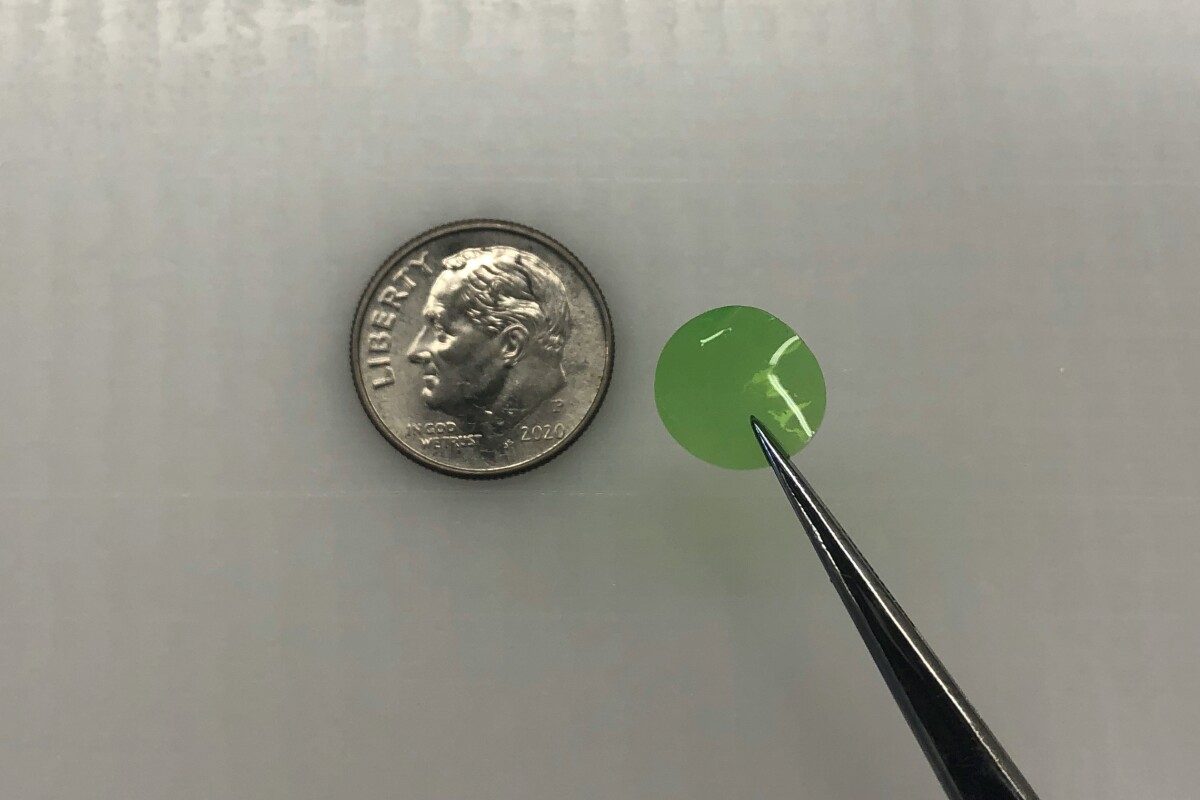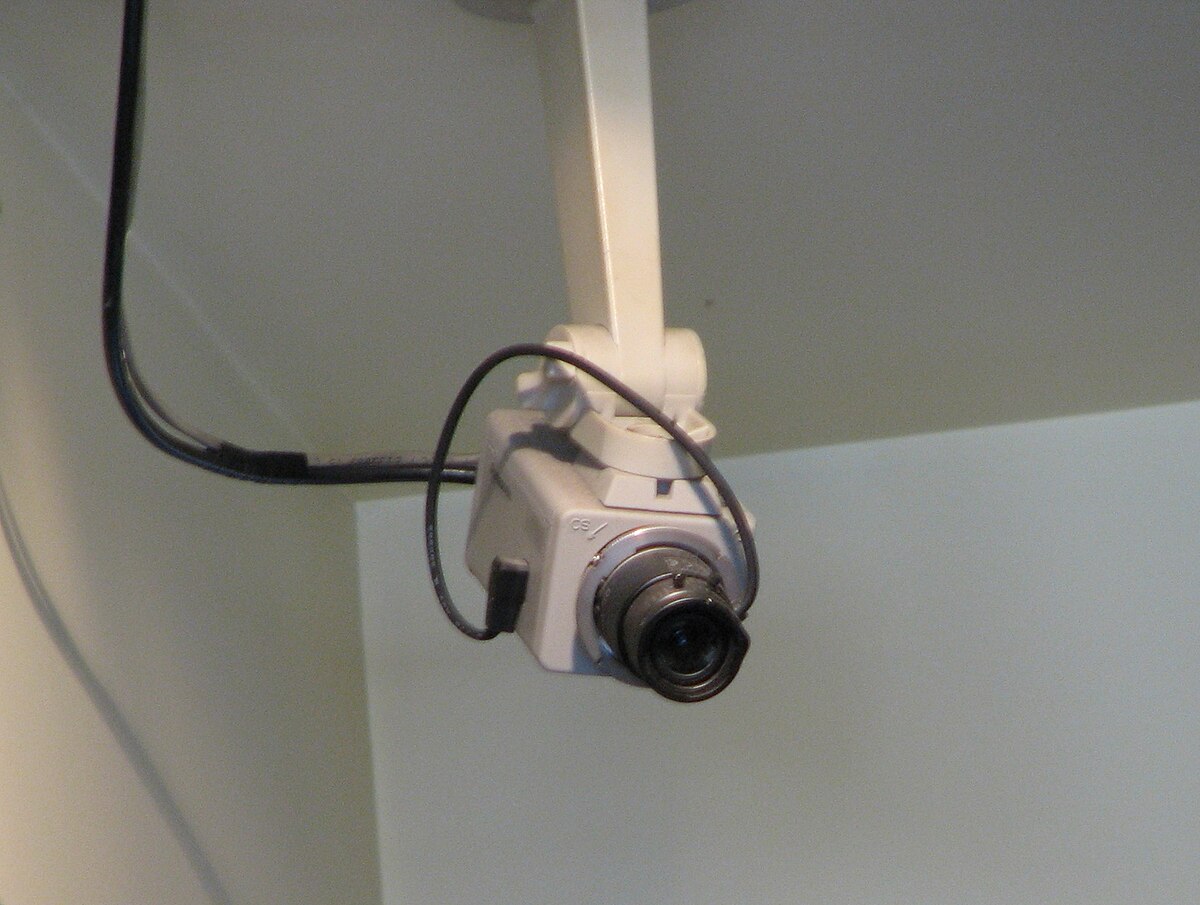We humans like “familiar.” When I was a college freshman registering for classes in 1980, I was given a bag full of “goodies,” including an odd type of “gel” shaving cream the world had never seen: it was new and different, just like me. To that point shaving cream had always looked like Grandpa’s silky, fluffy white “Cool Whip” that he applied to his face with a brush. I’ve used that same brand to shave for the past 35 years and every time I do, I think for just a millisecond, about my first time shaving so long ago.
Analog Stereo Equipment Making a Comeback at Hionfi
At HIONFI a similar story can be told about mass market and “high-end” stereo equipment that came onto the American scene in the 1960’s and 1970’s. I remember the Pioneer Stereo system, speakers, turntable and tape player my parents bought that shook our house for years with its familiar AM/FM dial, large metallic Treble, Bass and Volume knobs, black metallic screen and spinning fan cooling electronics glowing inside.
Three “Baby Boomers”: Bill Mosher, Rod Littler and Mike Finck, owners of “HIONFI” in Upstate New York, all born between 1958 to 1963, started out with Littler selling used stereo equipment and speakers in a booth in a mall in Ithaca, New York. The stereo equipment was an immediate and immense success as the vast majority of “baby boomers” and younger stereophiles had an immediate visceral reaction to the equipment being displayed; product sold like hotcakes.
Like a time machine, customers are transported back as they feast their eyes on vintage stereo equipment, such as Macintosh, Technics, Fisher, Audio Research, Sansui, Pioneer, Marantz, Bang and Olufsen and other classic manufacturers. Shortly thereafter, the trio opened HIONFI in the Shoppingtown Mall in Dewitt, New York, just outside Syracuse, and quickly became one of the most highly-trafficked destinations.
Business has been brisk and increasing since the store opened in January 2011. Mosher and Littler manage the business and sales while engineers, led by Finck, run the repair shop. According to Mosher, “word-of-mouth” has been all that was needed to keep the turnstiles humming.
HIONFI primarily provides stereos, speakers and turntables but also has a section of the store dedicated to vinyl records which help HIONFI provide a complete experience.
Building a Business on Quality Technology
Most young people these days use smartphones and ear pods to listen to music. As for stereo equipment, cheap mostly Chinese brands are available but once broken cost more to repair than to buy new. With a rapidly aging “Baby Boom” generation that grew up on analog equipment, the three partners believed they had a winner. So far this has proven to be the case. The most critical factor, according to Mosher, is the high quality with which analog equipment was originally manufactured; vintage stereo equipment is durable and when issues arise, quite fixable.
Mosher and Littler report 13 hour work days as they consult with patrons about the type of system they might like best. Each customer takes a walk down memory lane as HONFI staff guide them through the many options in order to find the right sound.
Repairing Vintage Stereo Equipment
Talking with Mike Finck, a 35-year veteran of repairing analog stereo equipment, is a “high-end” experience. Finck worked at Clark Music, founded in 1859 and closed in 2012, for the better part of two decades. Over his career, he has seen the waxing and waning of analog stereo equipment, become intimately familiar with the insides of every major and minor equipment manufacturer on the globe, and developed some strong views on the difference between analog and digital equipment.
According to blind scientific studies, though, only a small percentage of people, less than 2%, can hear the difference between analog and digital sound. What is not at issue is the experience of listening to analog stereo equipment with speakers, a turntable and the routines, or obsessions, owners develop tearing the plastic off a new album, taking time to read accompanying texts and inserts and forming a connection to the images on the album cover. There are tactile, olfactory, and other sensory experiences that are specific to traditional analog stereo systems and all that come with them.
In a future article we will go into the specifics of what the differences are between analog and digital sound and the reasons why some favor one technology over the other.
Related articles on IndustryTap:
- Can Soda Be Musical? Coke Is Experimenting With China’s Youth…
- Charge Your Cellphone Through Vibrations, Such as Music
- This Lego Machine Plays Some Sweet Electronic Music
References and related content:






